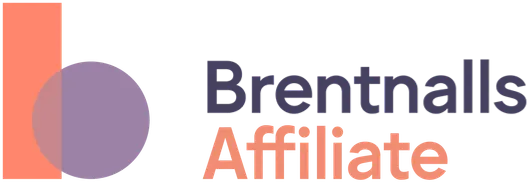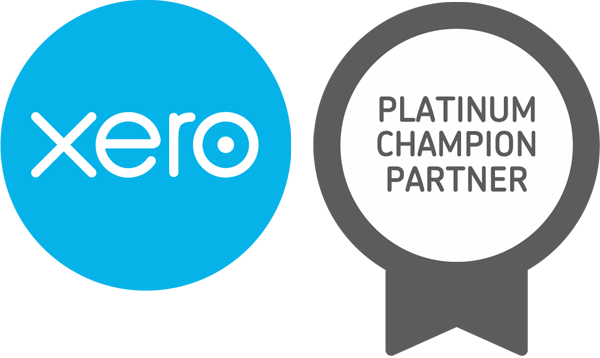Maximising Returns with Investment Property Repairs
Investing in real estate can be a smart financial move, offering a stable income stream and potential for capital growth. However, understanding how Australian tax laws impact initial repairs, capital improvements and renovations on your investment property is crucial. Below, we'll explore the tax implications of these expenses and how you can optimize your returns while staying compliant with tax regulations.
Deductible Repairs vs Capital Improvements
Repairs and maintenance expenses for your investment property can be claimed as immediate deductions. These are costs incurred to keep the property in its current condition and are fully deductible against your rental income for the same financial year.
On the other hand, capital improvements, which enhance the property's value or extend its useful life, must be capitalized and depreciated over time.
Initial Repair
Have you have just bought an investment property and it requires repairs to get it up to scratch prior to renting? These repairs will be considered initial repairs and will form part of the purchase costs for capital gains tax purposes and will not be a deductible repair in the current year. It can be difficult to determine what is an initial repair versus a normal deductible repair so make sure you speak with your tax professional about this.
Examples of common deductible repair expenses for investment properties include:
1. Fixing plumbing or electrical issues
2. Repairs to the roof, guttering, or downpipes
3. Painting and repainting
4. Replacing or repairing broken windows and doors
5. Repairing heating or cooling systems
These expenses can significantly reduce your taxable rental income and increase your after-tax return.
Effective Record Keeping
To ensure you can claim these deductions, maintain thorough records of all repair expenses. This includes invoices, receipts, and documentation of the work performed. Accurate record-keeping is essential for substantiating your deductions if required.
Leveraging Tax Benefits
To maximize your returns while adhering to Australian tax laws:
- Plan your repairs carefully: Strategically group smaller repairs within the same financial year to maximize deductions.
- Consult a tax professional: An experienced tax advisor can help you navigate our tax laws, ensuring you make the most of available deductions.
- Depreciation deductions: For capital improvements, remember to claim depreciation deductions over the prescribed recovery period.
Conclusion
Investment properties can offer financial advantages, but understanding how our tax laws impact spending on repairs is vital. By distinguishing between repairs and capital improvements, maintaining meticulous records, and seeking professional advice, you can minimize your taxable income and enhance your investment property returns while remaining compliant with local regulations.
Please note that tax laws can change, so always consult with us for the most up-to-date guidance tailored to your specific investment property situation.









